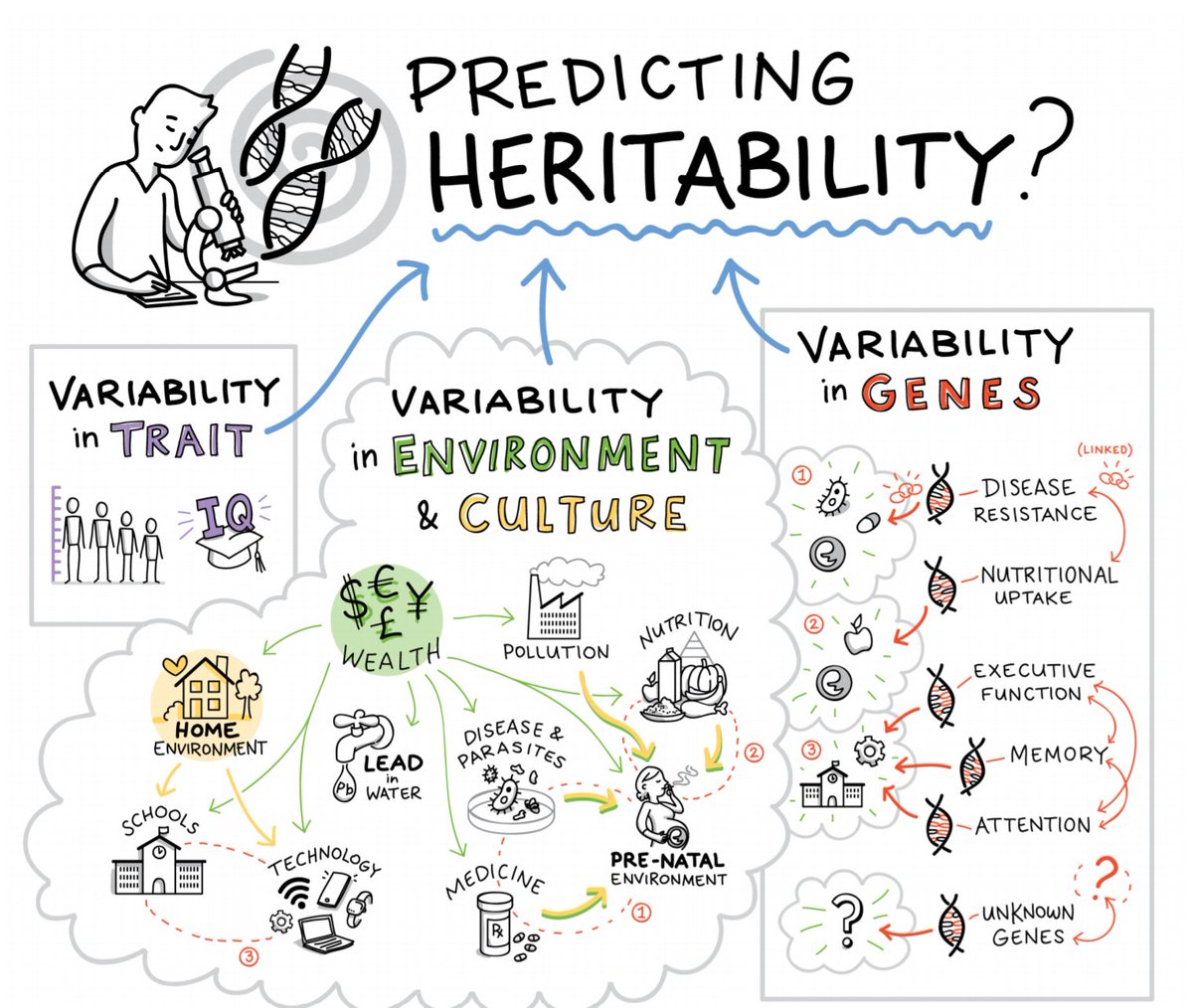Article - "Reports of My Death Were Greatly Exaggerated": Behavior Genetics in the Postgenomic Era
The Human Genome Project was a genetic research study conducted between October 1, 1990 and April 14, 2003. This project, easily one of the most revolutionary scientific developments in history, worked to determine the entire chemical make up of the human genome. Its completion sparked many more study interests both new and old that are still being explored today.
The article above, specifically focuses on the impact The Human Genome Project and other technological advancements in genetics have in behavioral science. The most notable influence is on gene-environment interaction studies. The article noted that previous gene-environment interactin studies have been extremely narrow. As a result, their findings are difficult to apply and sometimes insignificant in various populations. With increased capabilities and more advanced technology, it is now possible to broaden the scope of these studies and have more influential findings. An example of this is the combination of 2 separate studies to improve preventative care for alcohol dependance. In this instance, Study 1 showed that genetic influences on external behavior is minimized with increased social control. Study 2, the use of Family Check-ups showed that parental monitoring and involvement with peers have positive effects on youth with problematic behaviors. A "post-genomic era" gene-environment study was able to combine both of these findings, creating a randomized intervention program targeting alcoholism in young adults. This was done using the Family Check Up model to teach and improve the parents management styles.
Overall, I find it excited to witness how modern sciences are developing. The Human Genome Project was completed when I was 2 years old and has already had a massive impact on the way we function as a society and understand the world. I agree with the authors of my chosen article when they note that research such as this has the potential to change our understanding of ourselves as well.




